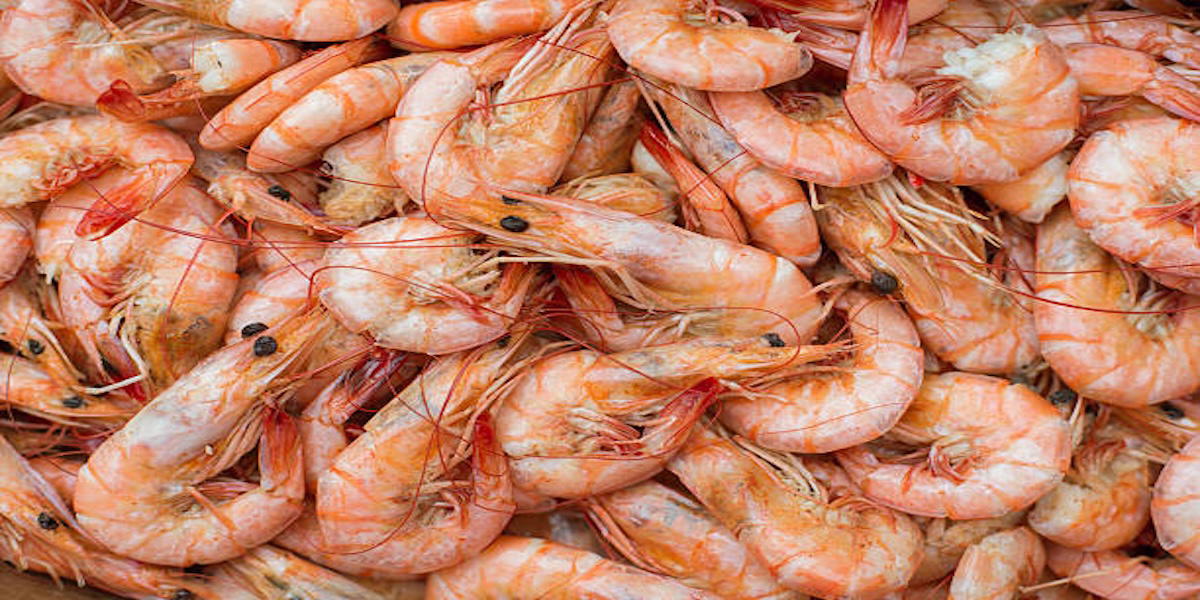In the 1980s, shrimpers could sell a pound of shrimp for about $4.50 (adjusted for inflation). In recent years, they have been lucky to get $1.50.
Rocky Ditcharo, a seafood wholesaler and the owner of Ditcharo D Jr. Seafoods in Buras, Louisiana, worries for the industry’s future if domestic shrimp prices continue to decline. “If we can’t cap imports, if there is no solution,” he says, “then this industry dies in 20 years.”
Along the Gulf Coast of Louisiana, where the mighty Mississippi flows into the ocean and seeps into mile after mile of marshy delta, the waterways teem with shrimp, crabs, oysters and finfish. This area, wryly dubbed “the end of the world” by locals, has depended on the seafood industry, both culturally and economically, since the late 1800s. Shrimping is particularly important; 25 percent of all shrimp consumed in the U.S. comes from Louisiana.
Ditcharo, along with the Louisiana Shrimping Association, believes some form of governmental intervention—whether quotas, import caps, or higher tariffs—is needed to curtail the high volume of imported shrimp.
Read the article.


